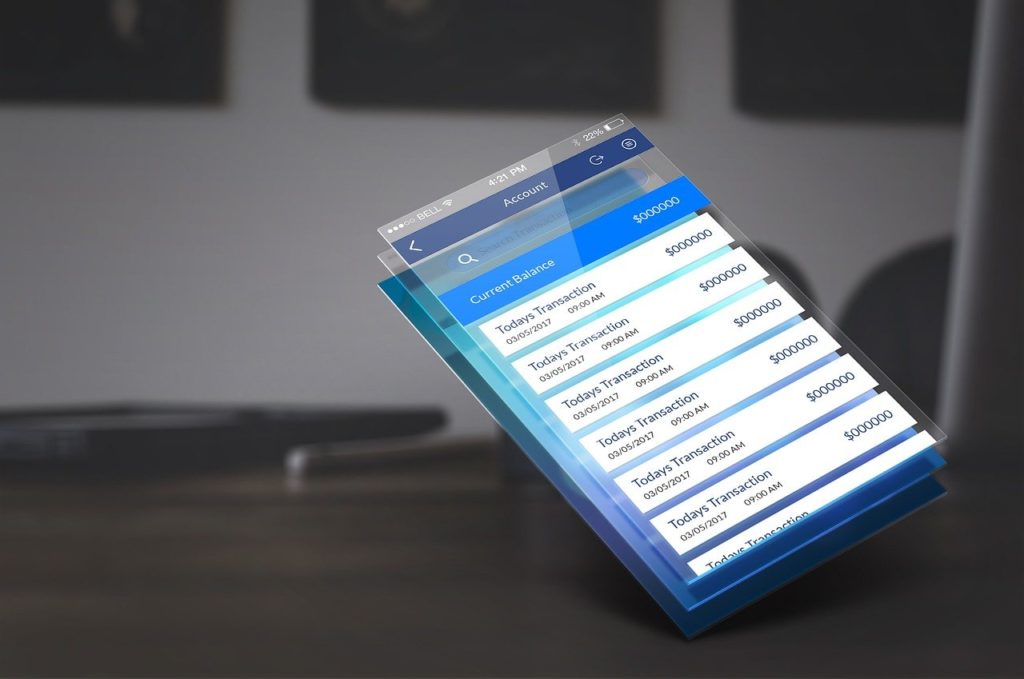Why Does User Experience Matter

Any business that works with customers wants these customers as well as potential clients to be happy — that is axiomatic. And at this point, there is no difference if the company is selling a product or a service. The process of making your audience happy is called the development of a positive experience in the customers’ minds in relation to a brand, company or business.
When it comes to the term User Experience (or UX) it is something different. The term is related to the experience a user has with your company’s website. So a good UX is about making your website visually and functionally user-friendly for both returning customers and potential clients. In simple terms, UX is how nice and attractive your website looks and feels to your potential customers.
Why the UX matters? Well, you might have heard about these numbers a million times, but they answer the question precisely: 88% of online users are less likely to come back to a website after having a bad experience there. 94% of those first expressions are related to design and about 86% of online users are ready to pay more for a better experience. Hopefully, these numbers have already set you on the path that UX matters, and matters a lot in the current tech world. But what exactly constituted to the idea of a great UX? And how you can make your website user-friendly? Let’s proceed.
Simple Design

One of the most basic rules of UX design is simplicity. Minimalism in interior design gets further and further into the people’s homes, so simplicity in web design should get onto your web pages as well. People don’t like searching through your website to find the right information. They want to get on your web page and get what they want in no more than three clicks. And that’s your goal. Cut out everything that is extra and leave only the essentials.
If you are in sell-buy business, then go for simple layouts and straightforward designs. You will need less time and budget for simpler designs and at the same time will deliver the best experience to your customers. Make short product descriptions and transparent info about returns. Give people the opportunity to alter their carts, delete items, or change their quantity right in the cart. If you’re not selling a product right away, then on the landing page state from the very beginning what you are actually offering.
Clear Direction

Another essential part of UX that matters a lot is intuitive paths on your website. If you want a person to buy a particular product, then you need to show it on the landing page, give a possibility to find it via the search tool, and also find it in the menu. All these starting points should lead to the same page with that product, namely a description, a photo, reviews, and the button “buy.”
But this was an example for retailers. If you’re not selling particular products, but instead work in the SaaS field, then you also need to show off what is it that you are offering. Create an animated video, at least a button that would engage the user into a meticulously planned user journey to deliver the best experience. Without a clear direction to follow, your potential customers will get lost on your website, won’t complete their purchase, and will only leave angry about the wasted time. An angry customer is definitely not your ultimate goal, right?
The clear and intuitive navigation is especially important for the apps and software. The right software development and UX design guarantee that the market will use your product over the competition. Don’t forget to test anything you create before you release it to the world. Create test groups that will give you honest feedback about the website or app and useful critics. Such experiments will uncover the hidden problems in your navigation and help you improve a website or an app for the better user experience.
Consistency

And the final word on UX. Consistency is the king of user experience. You cannot offer one page in bright yellow and the next one in pale grey. It will confuse the customers, distract them from their original idea, and in the end draw away from your website. In UX design it is essential to keep up with the forms and shapes, colors and fonts, layouts and directions. Make sure that navigation and the top master bar look the same everywhere, that they hide whenever irrelevant and appear when required. Consider the color for the call-to-action button so that they stand out and at the same time don’t irritate the eye. Think about all elements that will have to be repetitive throughout your website and ensure that they look harmonious on all website/app pages. In this way, you will offer consistency and the pleasant comfort and trust for the website visitors.
UI/UX Design Trends
The user experience landscape is experiencing transformative trends. Key among these is the integration of engaging design visuals, which are pivotal in captivating user attention and enhancing digital interactions. Another significant trend is the automation of UI/UX design through Artificial Intelligence (AI). This integration is revolutionizing design processes, making them more efficient while improving user interactions.
Data privacy has become a central concern in UX design. Designers are increasingly focusing on secure and transparent data practices, reflecting the growing importance of privacy in the digital age. Additionally, sustainable design is gaining momentum. The industry is moving towards eco-friendly approaches, integrating sustainable principles as a core part of design strategy.
Interactive and animated symbols are also becoming essential in user interfaces. These elements are enhancing user engagement and communication, making interfaces more intuitive and appealing.
In the realm of graphic design, innovations in AI and Augmented Reality (AR) are pushing the boundaries of UI/UX design, offering new, immersive experiences. Meanwhile, minimalism continues to be a dominant trend, emphasizing simplicity and clarity in design.
These trends highlight a dynamic UX field, where technology and creativity merge to create more intuitive, engaging, and responsible user experiences.
